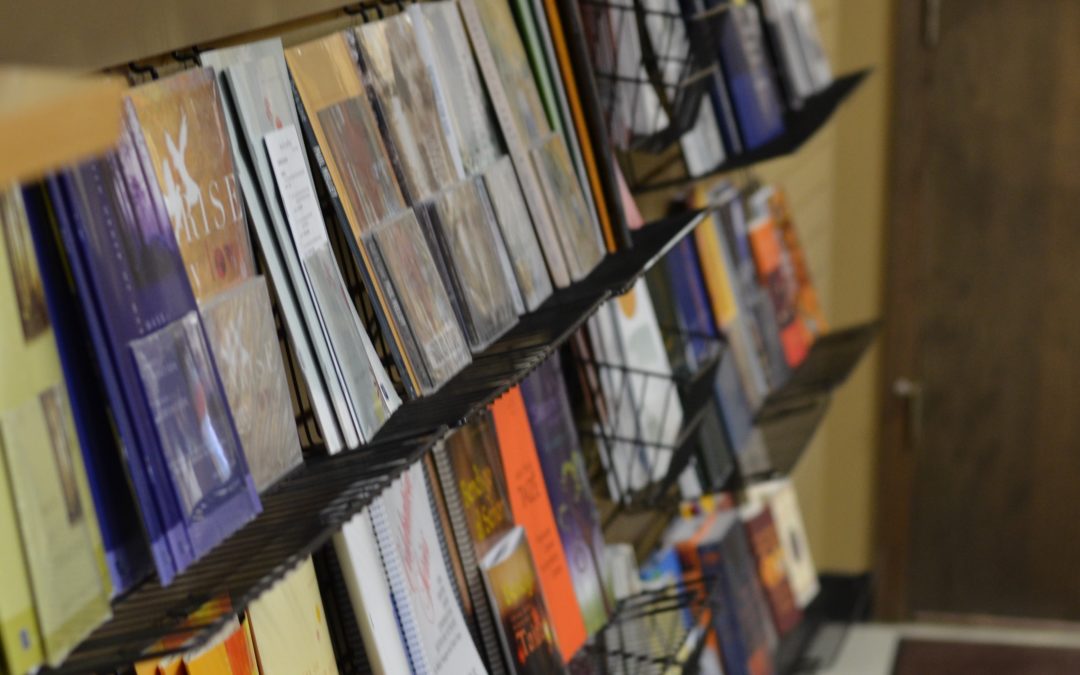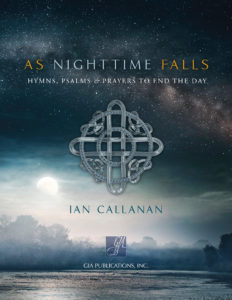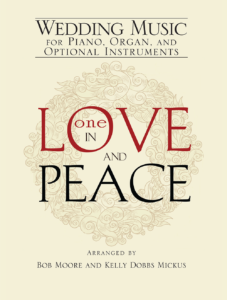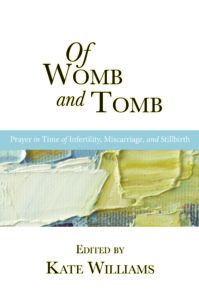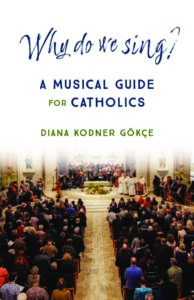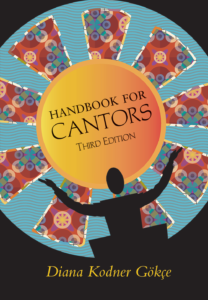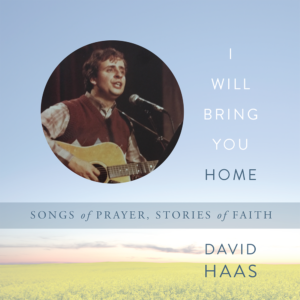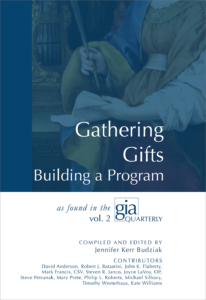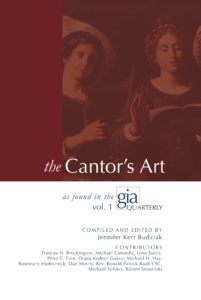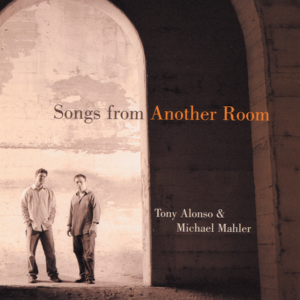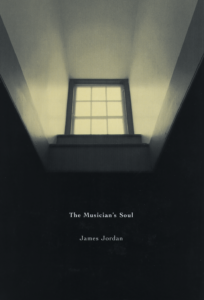(Another entry during this month when a lot of us are looking at the Year of Grace to come, and thinking about what we will be putting in front of our assemblies to sing…as always, I’d love to hear from folks in the comments, let me know how you approach this process!)
It’s a dilemma, pretty much all the time–how much new music should we be introducing to our assemblies? How often, how difficult, how much? Which songs will take, and which will fall flat? How many times does the assembly need to sing them before they can “own” them? Is there a way to introduce them that balances increasing familiarity with freshness and life?
To be clear–I’m not going to even attempt to answer those questions here, because the answers will vary immeasurably from parish to parish and sometimes even from liturgy time to liturgy time within the same parish. I keep being reminded again and again of our old friend the “pastoral judgment” from Sing to the Lord and its predecessor Music in Catholic Worship–the one that “takes into consideration the actual community gathered to celebrate in a particular place at a particular time” (STTL #130) and asks if a piece of music is “capable of expressing the faith that God has planted in their hearts and summoned them to celebrate”–not just in general, but here, now, today. We know that the three judgments (liturgical, pastoral, and musical) must always work in concert with one another as a single evaluation, but the “pastoral judgment” can be a slippery little thing–for any given piece of music, you can put it through the liturgical and musical piece of this evaluation one time, and you’re done–but the outcome of the pastoral judgment changes week to week, year to year, parish to parish, and is maddeningly hard to pin down. It needs to be visited and revisited with all of our music, over and over…
But even with that caveat, there are some guidelines we can follow around how to approach the question of introducing new music for the assembly.
- First: even if the answers to these questions (how often, how difficult, how many times, which songs, etc.) are going to change and shift with the wind, it is crucial that we do ask them. And answer them. Over and over again. If we are committed to empowering our assemblies to find their voice, we must have a conscious awareness of how to best serve them, and there is always a better plan than just winging it–I’d be lying if I said I’ve never fallen into the “This is a nice new song I’d like to introduce to my assembly, and it’s perfect for this Sunday!” trap, and sometimes it’s worked okay in the long run, but most of the time I’ve regretted it. Know your people.
- Keep a vibrant and anticipation-filled “hope chest” somewhere in your arsenal–whether an online file or a simple manila folder in your desk–where all the pieces of music you know would be wonderful for your assembly (or choir–I have a separate folder for choral pieces) when the right moment comes can be stored safely and without risk of being forgotten. Jot notes on the covers–if you find a great Year A Communion song, but you’re in Year B, put it in there with a note to come back to it in 1.5 years. If you have one too many bright and joyful Easter verse-refrain songs (rare, in my experience–I feel like I’m constantly looking for more of those), but find a new one you’d like to introduce when the time is right, drop it in there too, and mark it so you’ll remember to return to it when you plan Easter next year. Two weeks before Lent should not be the time to decide to page through the hymnal for a new Lenten opening rite; keep yourself ready with good choices before you need them, and the choices will be that much easier.
- Take the long view! Just as homilists are taught that they do not need to say everything they can think of about the readings for Sunday this one year (at least, we hope they are taught this), we as musicians do not need to do every possible suitable piece of music this one Sunday, or this year, or even in this couple of years. In an earlier post I talked about doing our liturgical planning a year at a time; this is a great way to plan for the future–not just the next liturgical season, but the full year. Commit to finding each new piece of music its absolutely right placement and moment for the life of your parish; both song and singers will be better served that way.
- Decide before slotting a song into your seasonal or annual schedule how many times and at what proximity you want to introduce it to your assembly. My own game plan has always looked something like this: Sing the new piece 3 weeks in a row; take two weeks off; sing it two weeks in a row; take three weeks off; then sing it one more time. Then leave it alone for maybe 3-4 months but try to find a time to bring it back at least once or twice after that. As you can see, this is a serious commitment. Do the math; for every new song I teach to an assembly, I’m committing to an 11 week or so sequence of Sundays to get it fully and solidly into the parish repertoire. (In the interest of full disclosure: many seasoned and successful liturgical musicians think I am crazy and probably a little, shall we say, overzealous in my methodology here. I’m not saying they’re wrong. But it works. I don’t think any of those critics have ever actually tried it.) Obviously some flexibility is needed here, because sometimes it just won’t work. And a new piece for a particular liturgical season needs to be adjusted to fit the Sundays the season addresses. But one way or another, find room for it in your seasonal lineup before you commit to it. It’s better to not introduce it at all than to introduce it haphazardly and have what could have been an important part of your repertoire meet an unsuccessful introduction. First impressions, you know?
- Teach it to your assembly before singing it in the liturgy. This is one of those “your mileage may vary” suggestions; some parishes have great success with this process, because in addition to helping familiarize the people with the new music it also helps gather people’s attention and focus before the start of the liturgy. However, in places where the sacred silence in the room for an extended time before mass is an integral part of parish life, having someone stand up and break that silence can feel awkward and off-putting. There are different approaches to take for this, but “lining out” (singing a line and inviting them to echo it back to you) seems to be one of the best. (Diana Kodner Gokce’s Handbook for Cantors has a good section on this, starting on p. 25.)
- If actively teaching a piece to the assembly before Mass is not something that works in your place, consider the “stealth” approach–one week, have the new melody be played as an instrumental prelude; another week or two, have the choir sing the piece as a choral anthem. Then invite the assembly to join in on the refrains only. (But be subtle in how you say this when announcing it–“Please join in singing the refrains of ‘Bread of Life from Heaven'” works well; avoid any language that directly dis-courages them from singing.) Within a few weeks, they will have heard it enough that it becomes easy to join in.
- Avoid placing the new song at the end of Mass. Whatever we sing last should be solid and comfortable and familiar and with a feeling of success. Don’t risk sending people out in a state of vocal defeat or uncertainty. Even if the song or hymn might work better as a closing than an opening or Offertory, keep it out of the closing spot for the first few times. The opening is also a chancy place for a new song if you have not been able to directly teach it to people; see what works best for you and your community where this is concerned. But again, whatever we sing first will set the participative tone for the rest of the liturgy, so be careful there as well.
- Trust your judgment, but stay on top of your own biases. We all have them. There is the music we like, and the music we don’t care for–but if you find that you yourself love every piece of music you put in front of your assembly, you’re probably short-changing them. Music is a subjective thing, as is taste, and the variety out there is huge. That’s not to say that if a piece of music fails the liturgical and musical judgments above you should program it just because people enjoy it, but keep your ears wide open, especially during those pieces that don’t do much for you aesthetically, and see what’s happening in the pews. It’s pretty humbling.
So…that’s what I’ve got! I’d love to hear any more suggestions or ways you go about making choices or introducing them to your people. Peace to all!
–Jennifer

